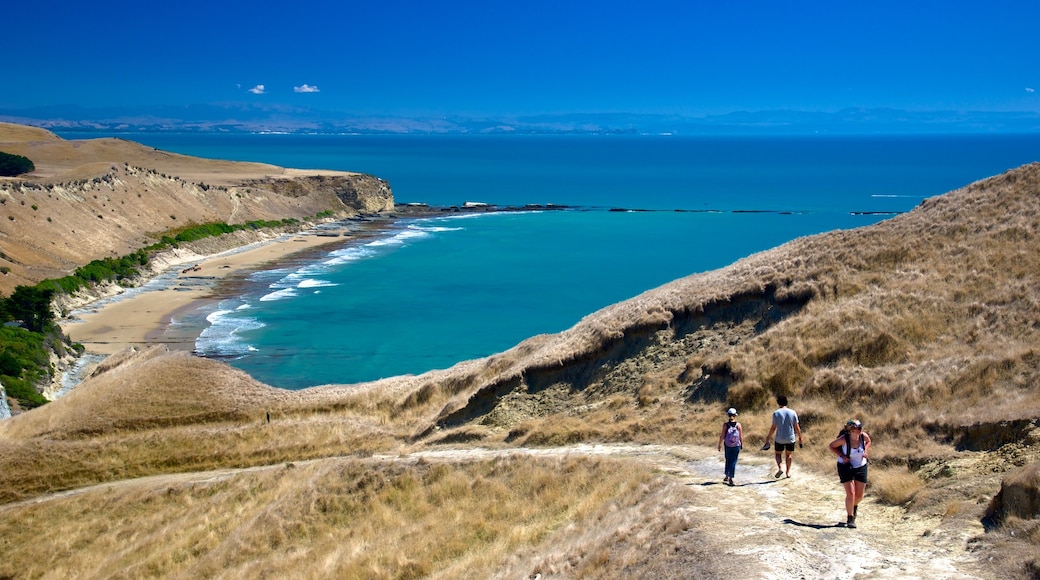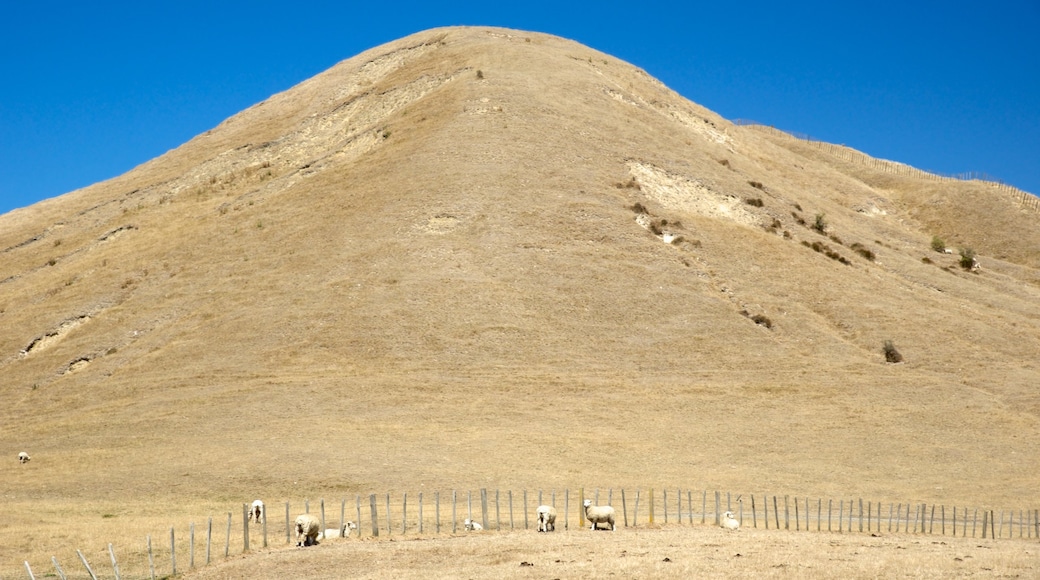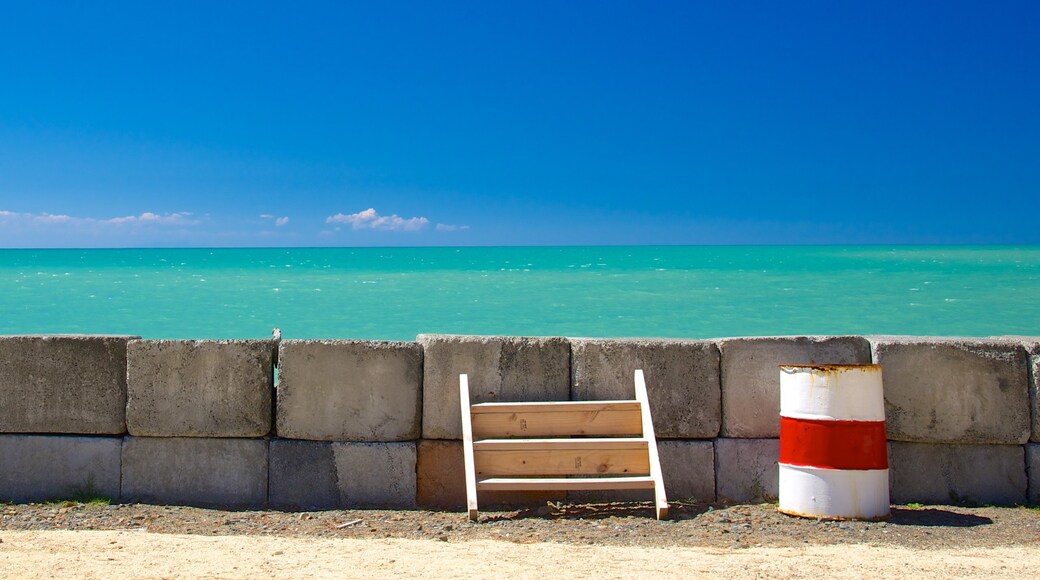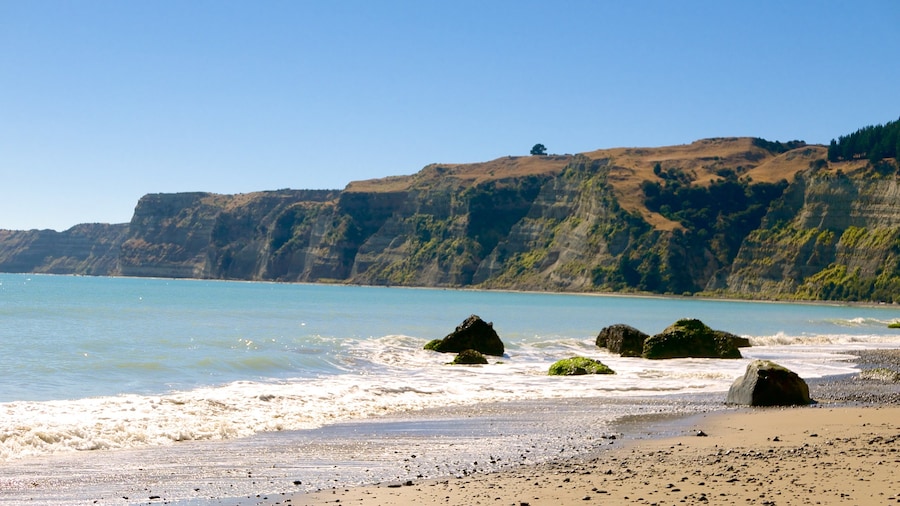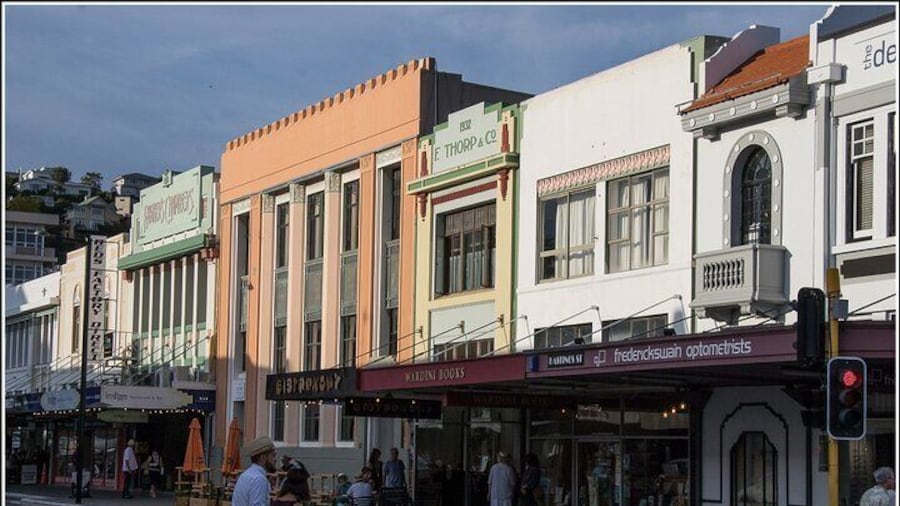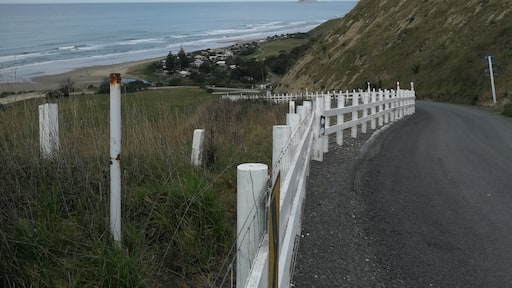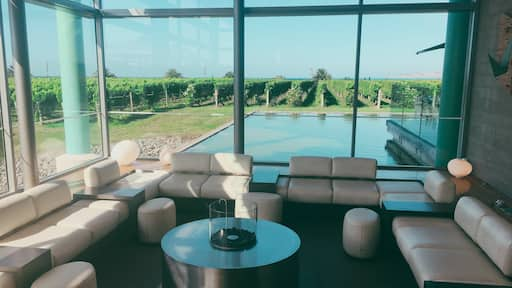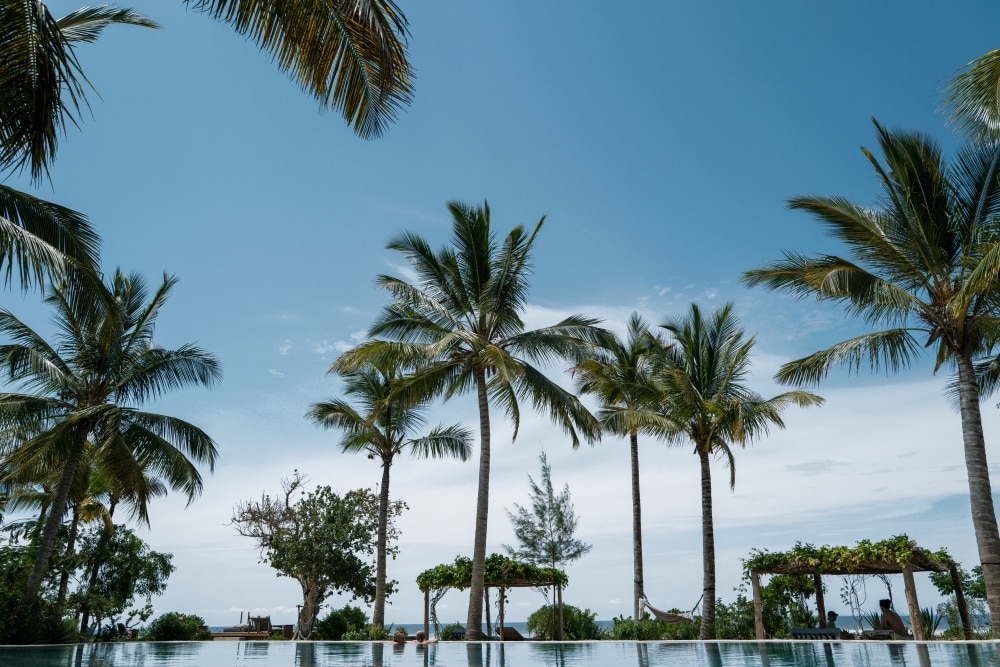To see the famous gannets of Cape Kidnappers, start with a visit to Clifton Station, a quiet beach township on conservation land. The simple setup here has a campground, shop, restaurant and bar, all catering to the many visitors who come to walk or ride to the gannet colonies. Beyond the opportunity to gaze at gannets, the area offers swimming, sailing, surfing, kayaking and boating to keep you busy.
If you plan to take the nearly 5-mile (8-kilometer) walk or bike ride along the coast from Clifton to the Cape, park in the lot at the end of Clifton Road. From here, explore one of the world’s biggest and most accessible mainland gannet colonies, set on the cape’s sheer cliffs. Be sure to check tide times before your walk as the path can only be safely followed at low tide. Depart Clifton at least 3 hours after high tide and leave the cape to head back to Clifton no later than 1.5 hours after low tide. Plan on the walk taking about 4 to 5 hours in total.
Appreciate the rolling hills and verdant beauty of Clifton Station with a stay at one of its glamping sites. This is a sophisticated way to combine outdoor living with modern amenities, ranging from a hot bath under the stars to a local wine tasting on the banks of the Maraetotara River.
After walking or cycling the coastal paths, take time to celebrate one of New Zealand’s oldest winemaking establishments, here in the Hawke’s Bay region. Choose from more than 40 wineries near Clifton, specializing in cabernet sauvignon, riesling, chardonnay and sauvignon blanc.
Park in the lot in Clifton before following one of the walking paths around Cape Kidnappers. The best gannet viewing is between September and April. Remember to stay away from the cliffs along the beach, as they may be unstable. Alternatively, choose the traditional, family-friendly campground at the end of Clifton Road, next to a sandy beach that’s great at low tide for swimming, kayaking and fishing.
